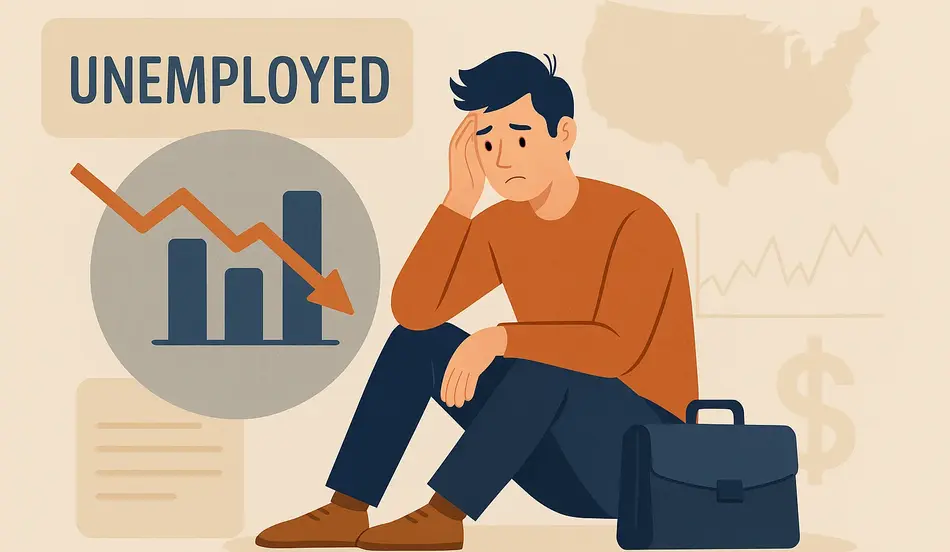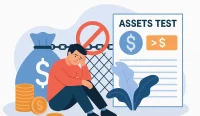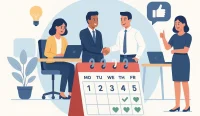Introduction
The American Dream has long promised that hard work and determination will lead to prosperity. But for many young people today, that dream feels increasingly out of reach. Despite record stock market highs and low unemployment rates, a growing number of Millennials and Gen Zers are struggling to find stable jobs, afford homes, and build wealth. Why is the US economy failing its youngest generations?
The Shifting Economic Landscape
Over the past few decades, the US economy has undergone dramatic changes. Globalization, automation, and the rise of the gig economy have transformed the job market. While these shifts have created new opportunities, they’ve also introduced new challenges for young workers.
- Wages have stagnated for entry-level positions, even as the cost of living has soared.
- Many traditional career paths have been replaced by short-term contracts and freelance gigs.
- Student debt has reached historic highs, making it harder for young people to get ahead.
Barriers to Homeownership
For previous generations, buying a home was a key milestone on the path to financial security. Today, however, skyrocketing real estate prices and stricter lending standards have put homeownership out of reach for many young Americans.
- Median home prices have increased by over 100% in many cities since 2000.
- Down payments and closing costs are higher than ever before.
- Many young people are forced to rent, often spending more than 30% of their income on housing.
Student Debt: A Heavy Burden
The cost of higher education in the US has risen dramatically, leaving millions of young people saddled with debt. According to the Federal Reserve, Americans owe over $1.7 trillion in student loans. This debt burden makes it difficult to save, invest, or take entrepreneurial risks.
How Student Debt Impacts Young Lives
- Delays in starting families or buying homes
- Limited career choices due to the need for higher salaries
- Increased stress and mental health challenges
The Gig Economy: Flexibility or Instability?
While the gig economy offers flexibility, it often comes at the cost of stability. Many young workers find themselves juggling multiple part-time jobs without benefits or job security.
Pros and Cons of Gig Work
- Pro: Flexible hours and the ability to work remotely
- Pro: Opportunities to pursue multiple interests
- Con: Lack of health insurance, retirement plans, and paid leave
- Con: Income volatility and limited upward mobility
Sarah’s Story
Sarah, a 28-year-old college graduate, works three part-time jobs to make ends meet. Despite her degree, she struggles to find a full-time position with benefits. High rent and student loan payments leave her with little to save each month. Sarah’s experience is far from unique—millions of young Americans face similar challenges.
What Can Be Done?
Addressing these issues will require coordinated efforts from policymakers, employers, and educational institutions. Some potential solutions include:
- Expanding access to affordable housing
- Reforming student loan programs
- Encouraging employers to offer better benefits and career development opportunities
- Investing in job training and apprenticeship programs
Conclusion
The US economy presents significant challenges for young people, but with the right strategies and support, Unstoppable Success is within reach. By understanding the obstacles and taking proactive steps, the next generation can build a brighter financial future.




